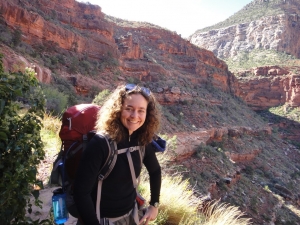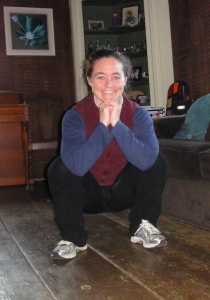Is Exercise Killing Me?
Last week I was frustrated by an article headline I saw somewhere on the Internet. It read “Is Exercise Killing You?” The topic of this new study on exercise was also discussed (thankfully very responsibly) on The View.
So, is exercise killing you? The article I actually found on the topic published in the New York Times was called: “For Some, Exercise May Increase Heart Risk.” A much less fear mongering header which always makes me happy.
The answer is a resounding NO. Exercise is not killing people. The study currently getting a lot of attention found that for 90% of the population exercise has benefits for the heart, lungs and body. But it turns out that for 10% of the population exercise may increase blood pressure and cholesterol. There was no shown increased risk of heart attack of this small group of the population.
I hope the article doesn’t give people an excuse not to exercise. “What if I’m one of the ten percent?” The best thing to do is to get a baseline from your doctor before starting an exercise program. And check in a few months later to compare. Exercise […]



